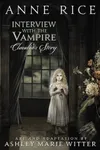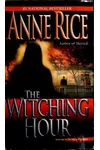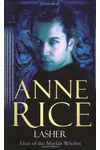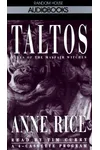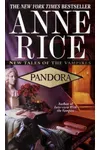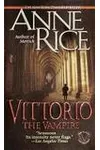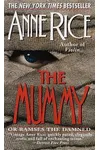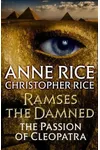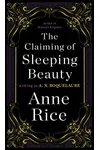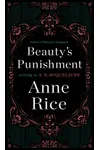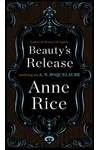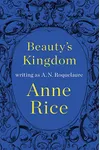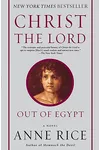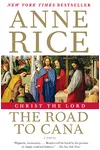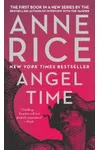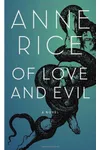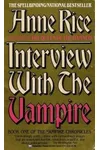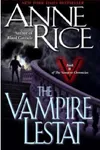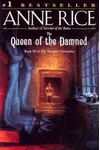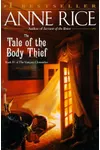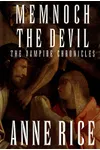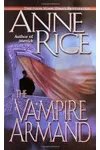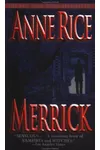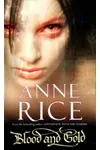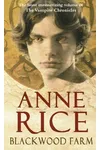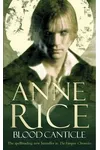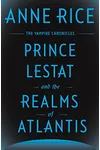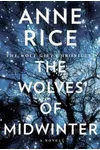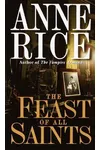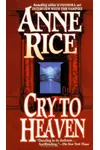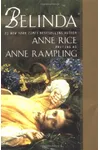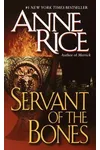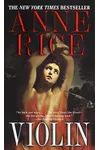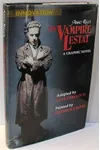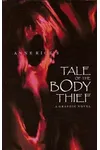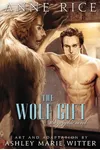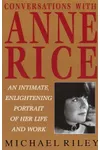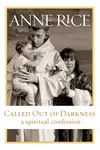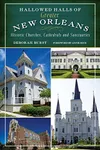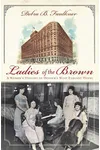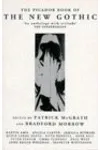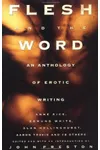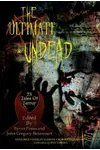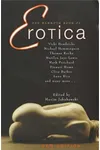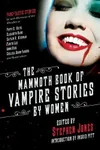Picture a New Orleans storyteller who turned vampires into soulful, seductive immortals—meet Anne Rice! Born Howard Allen Frances O'Brien in 1941, she wove grief, faith, and Gothic allure into her iconic Vampire Chronicles, selling over 100 million books. Her lush prose and haunted settings redefined vampire fiction, making her a literary legend.
Rice’s tales, drenched in New Orleans’ misty ambiance, blend horror with humanity. From Lestat’s brooding charm to witches and spirits, her stories captivate readers with their emotional depth and vivid imagery. Let’s dive into her life, works, and lasting legacy!
The Making of Anne Rice
Born in New Orleans, Anne Rice grew up in a world of Catholic faith and Southern Gothic vibes. Losing her mother at 15 and facing personal tragedies shaped her fascination with life’s big questions—mortality, morality, and the supernatural. She married poet Stan Rice in 1961, and after their daughter’s tragic death from leukemia, Anne channeled her grief into writing. Her debut, Interview with the Vampire, emerged in 1976, born from a short story and her raw emotional landscape.
Rice’s early career wasn’t all fangs and fame. She wrote under pseudonyms like A.N. Roquelaure for erotic novels, testing her range. But it was her vampire saga that skyrocketed her to stardom, blending her love for history, art, and existential musings.
Anne Rice’s Unforgettable Stories
The Vampire Chronicles, Rice’s crown jewel, spans 13 novels, starting with Interview with the Vampire. This 1976 classic follows Louis, a tormented vampire, and Lestat, his charismatic maker, weaving a tale of guilt, love, and immortality. Its cinematic prose and psychological depth set a new standard for vampire lore.
The Queen of the Damned (1988) expands the saga, introducing Akasha, the ancient vampire queen, and a sprawling mythology. Rice’s Mayfair Witches series, beginning with The Witching Hour (1990), explores a New Orleans witch dynasty with equal atmospheric flair. Her later works, like The Wolf Gift (2012), tackled werewolves, showcasing her knack for reinventing classic monsters.
Rice’s style is unmistakable: rich, sensual, and steeped in historical detail. Her characters grapple with existential dread, faith, and desire, set against lush backdrops like 18th-century Paris or antebellum New Orleans. Critics praised her for elevating horror into literary art, though some found her prose overly ornate. Fans, however, adored her immersive worlds.
Why Anne Rice Matters
Anne Rice didn’t just write vampire novels—she revolutionized the genre. Before her, vampires were often one-dimensional monsters. Rice gave them souls, struggles, and sex appeal, paving the way for modern hits like Twilight and True Blood. Her work inspired filmmakers, with Interview with the Vampire becoming a 1994 blockbuster starring Tom Cruise and Brad Pitt.
Rice’s influence extends beyond books. She connected with fans through social media, sharing her spiritual journey from atheism back to Catholicism, then to a broader spirituality. Her fearless exploration of taboo themes—sexuality, religion, mortality—resonated with readers, cementing her as a Gothic fiction icon. By her passing in 2021, she’d left a legacy of storytelling that still haunts and enchants.
About Anne Rice
- Born: October 4, 1941, New Orleans, Louisiana
- Key Works: Interview with the Vampire (1976), The Queen of the Damned (1988), The Witching Hour (1990)
- Notable: Sold over 100 million books worldwide
- Died: December 11, 2021
Snag Interview with the Vampire and dive into Anne Rice’s spellbinding Gothic world!
